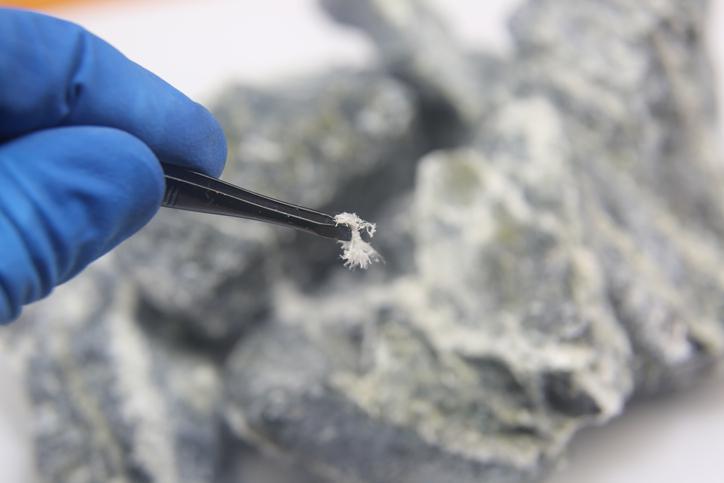How Dangerous is Asbestos?
February 23, 2024

If your home or business hasn’t been renovated since the 1980s, there’s a good chance there are asbestos-containing materials within the building.
Once commonly used across the world as a building material, asbestos is now associated with several health conditions. But how dangerous is asbestos? We explore the origins of asbestos, the health risks, and regulations surrounding use of this mineral.
The Origins of Asbestos
Asbestos is a naturally occurring mineral that has been used by humans for thousands of years. The word comes from the ancient Greek word "asbestos," which means "unquenchable" or "inextinguishable." The mineral was valued for its heat-resistant properties, insulation, and durability.
Asbestos can occur naturally in the environment, and some regions have deposits of asbestos-containing rocks. Asbestos is extracted from mines in countries such as Russia, China, Brazil, and Kazakhstan.
Throughout history, asbestos has been used for various purposes, such as in construction materials, insulation, textiles, and automotive parts. However, extensive use of asbestos has been associated with serious health risks, particularly respiratory diseases, leading to a decline in its use in recent decades and increased awareness of its hazards.
The Health Risks of Asbestos
Health risks associated with inhalation of asbestos fibers can lead to various respiratory diseases and other health complications. The primary health risks associated with asbestos exposure include:
- Asbestosis: Asbestos fibers, when inhaled, can cause scarring of the lung tissue over time, leading to a condition known as asbestosis. Symptoms include shortness of breath, persistent cough, and chest tightness. Asbestosis is a chronic and progressive respiratory disease.
- Lung Cancer: Prolonged exposure to asbestos increases the risk of developing lung cancer. This risk is particularly elevated among individuals who smoke. Lung cancer caused by asbestos exposure may take years to manifest after initial exposure.
- Mesothelioma: This is a rare and aggressive form of cancer that affects the lining of the lungs, abdomen, or heart. Mesothelioma is strongly associated with asbestos exposure, and its symptoms may not appear until many years after exposure.
- Pleural Diseases: Asbestos exposure can lead to various diseases affecting the pleura, the membrane surrounding the lungs. These diseases may include pleuritis and pleural plaques, which can cause chest pain and breathing difficulties.
The health risks are highest for people who have had prolonged and significant exposure to asbestos, such as those working in certain industries like construction, shipbuilding, and asbestos mining. However, even minimal exposure to asbestos over time can potentially lead to health issues.
Asbestos in Buildings
Buildings constructed before the 1980s may contain asbestos-containing materials.
In 1973, the U.S. Environmental Protection Agency introduced restrictions under the Clean Air Act to protect employees and the general public against asbestos exposure.
In 1989, asbestos was partially banned in the United States, yet some industries still used it. In 2023, the EPA implemented stricter regulations, mandating reporting and record-keeping obligations for companies that manufacture, import or process asbestos and asbestos-containing products.
DRYmedic’s Commitment to Safety
If your property has asbestos-containing materials, DRYmedic Restoration Services can provide safe and effective abatement services that comply with all regulations.
DRYmedic’s team of certified professionals uses advanced techniques and equipment to identify and remove asbestos-containing materials safely and efficiently. For asbestos removal and abatement, contact the DRYmedic team at (970) 541-4135.